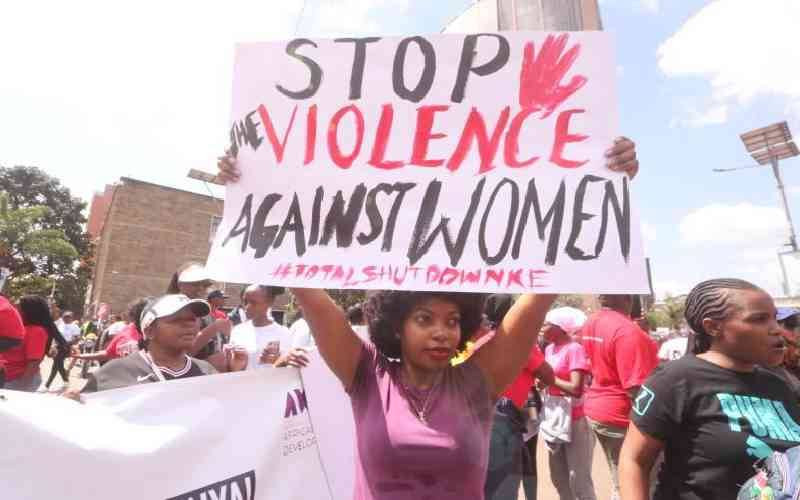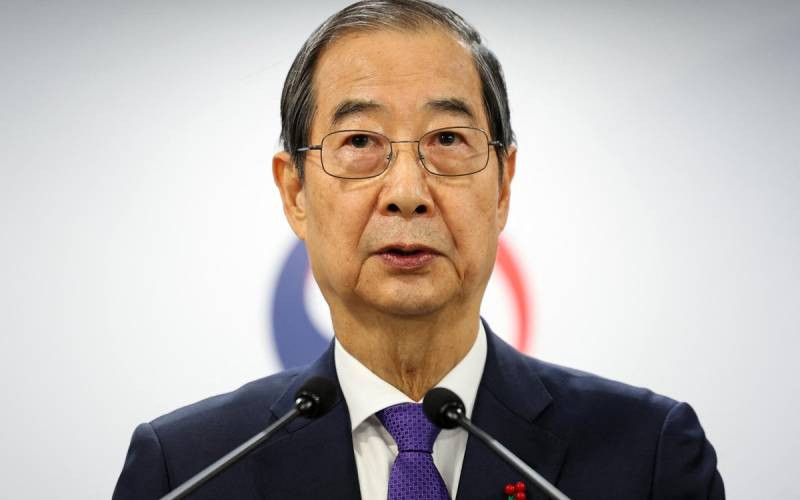 |
|
The hospital and plaques showing details of its building and opening. [PHOTOS: MKALA MWAGHESHA/STANDARD] |
By MKALA MWAGHESHA
MOMBASA, KENYA: When gunmen struck at a church in Likoni on the Sunday of March 23, the victims of the assault, including baby Satrin Osinya, were taken to the Coast Province General Hospital (CPGH), commonly referred to as Makadara by the locals.
The biggest referral hospital in Coast region and the second biggest public hospital in the country, Coast General Hospital can handle multiple casualties, in addition to the huge numbers pouring in to seek medical attention for various ailments.
But did you know the facility is older than independent Kenya? In 2008, the hospital celebrated 100 years of providing medical services to millions, making it one of the oldest establishments in the country.
The hospital was established by the colonial government in 1908 as a Native Civil Hospital at what are now Makadara grounds, behind the General Post Office, Mombasa.
Then manned by Asian and European doctors supported by subordinate staff, the hospital had eight wards that catered for residents of the Old Town.
The hospital, which was partly demolished in 1958 to build a clinic that is currently being used by staff of the county government, was to prove inadequate and small for a town that was growing at a faster rate.
“The administrators looked for land that could accommodate growth and decided to move the institution to Tononoka area,” CPGH administrator and surgeon, Dr Benard Mwero, says of the 12-acre piece of land that the hospital currently sits on.
NEW HOSPITAL
In 1957, the New Group Hospital was built and was offering only outpatient services as inpatient services continued to be referred to the Native Civil Hospital. The first buildings were constructed with funds from the United Kingdom through a fund dubbed Colonial Development and Welfare Vote. On March 29, 1958, exactly 50 years after the mother hospital was started, New Group Hospital was renamed Coast Provincial General Hospital and opened by the Lady Mary Baring.
Even with a change of location from the grounds to Kisauni Road, the hospital has maintained the informal name Makadara.
According to a 2011 presentation on the facility by Dr Iqbal Khandwalla, a former CPGH Administrator, a maternity wing built in 1957 by the Municipal Council and named Lady Grigg Maternity Hospital was taken by the Ministry of Health in 1971 and made a part of CPGH.
An adjacent maternity home owned by the Ishmail Rahemtulla Trust was donated to CPGH at around the same time, and is now an amenity ward for patients not favouring the common wards.
In the 1980s, the institution was expanded with the setting up of a casualty wing that comprised an operation theatre, maternity wing, paediatric ward, an ICU and a pharmacy unit. What was the hospital’s first wing was converted into the current administration block with the main entrance changed to further up the road.
The offices for the administrators have been converted from wards and casualty rooms into habitable and comfortable offices, with adjoining doors and sinks still intact.
Stay informed. Subscribe to our newsletter
“Most of the expansions that have taken place have been necessitated by the need to offer specialised services,” says Mwero, adding that another expansion took place in 2000 with the addition of the Millennium Block, which has theatres.
Taking an average of 700-800 patients per day today, the hospital serves many residents of Coast, who travel from all corners of the region to access medical services.
CPGH is currently a 700-bed capacity hospital and a teaching and referral hospital whose service area covers the entire Coast region. Adjacent to the hospital is the Kenya Medical Training College, which was strategically built close by, as the students benefit from the hands-on training at Makadara.
The hospital has its fair share of negative publicity, with patients occasionally forced to share beds, alleged bad attitude from nurses and medical mishaps, which is a source of despair for patients who can’t afford private hospitals.
“Adequate human resource is a big problem that continues to plague us each day, but we are trying our best. As the walls here say, ‘Huduma Bora Ni Haki Yako’ (quality service is your right). We try our best to operate by that mantra,” says Mwero.
 The Standard Group Plc is a
multi-media organization with investments in media platforms spanning newspaper
print operations, television, radio broadcasting, digital and online services. The
Standard Group is recognized as a leading multi-media house in Kenya with a key
influence in matters of national and international interest.
The Standard Group Plc is a
multi-media organization with investments in media platforms spanning newspaper
print operations, television, radio broadcasting, digital and online services. The
Standard Group is recognized as a leading multi-media house in Kenya with a key
influence in matters of national and international interest.
 The Standard Group Plc is a
multi-media organization with investments in media platforms spanning newspaper
print operations, television, radio broadcasting, digital and online services. The
Standard Group is recognized as a leading multi-media house in Kenya with a key
influence in matters of national and international interest.
The Standard Group Plc is a
multi-media organization with investments in media platforms spanning newspaper
print operations, television, radio broadcasting, digital and online services. The
Standard Group is recognized as a leading multi-media house in Kenya with a key
influence in matters of national and international interest.








